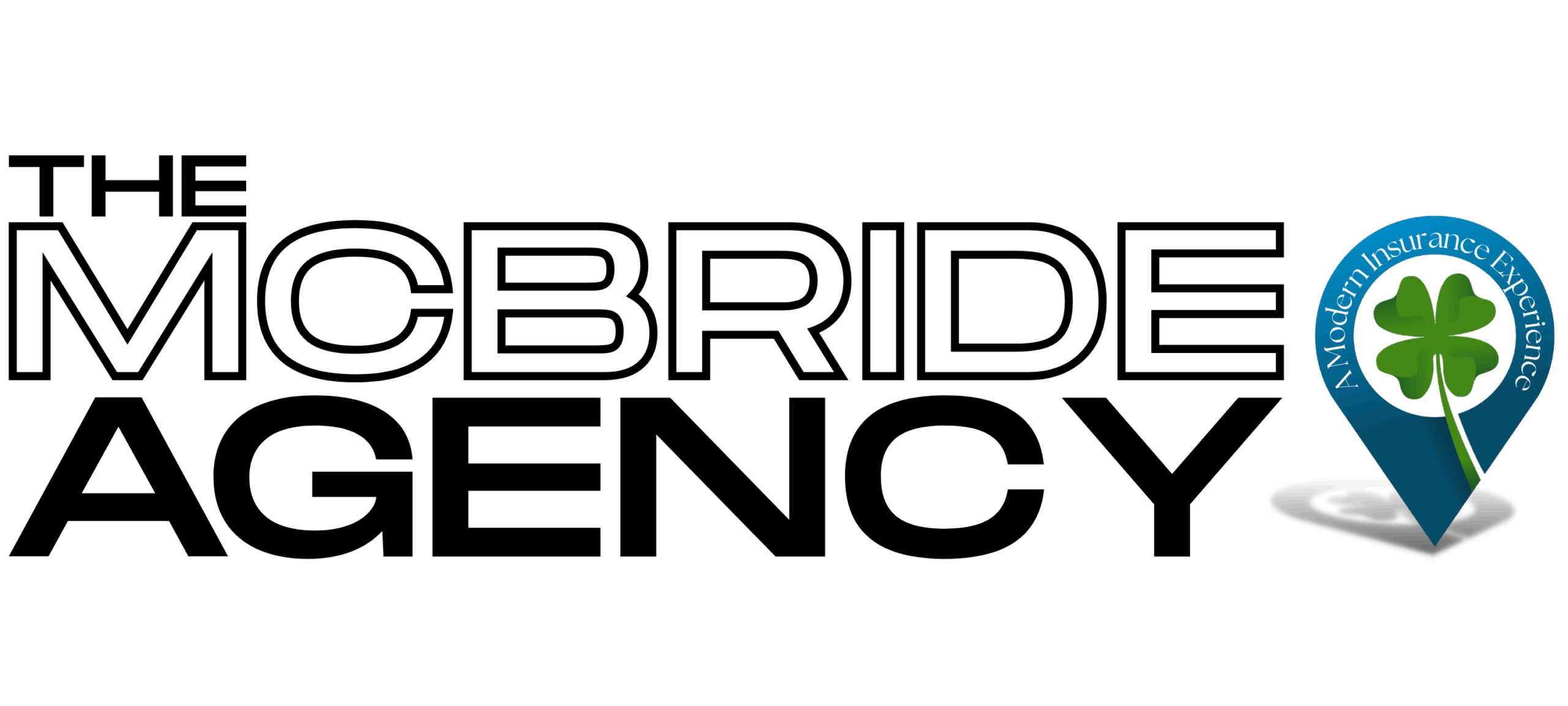Dealing with water damage in your home can be stressful and expensive. Whether it’s a burst pipe, a leaking roof, or an overflowing washing machine, the aftermath can be daunting. Unfortunately, understanding whether your insurance will cover these damages adds another layer of complexity. This blog post will simplify that for you.
The first step is knowing which insurance policies can help, how to prepare for filing a claim, and how to handle the claims process. By the end of this article, you’ll have a clear understanding of how to navigate your insurance policy to cover water damage effectively, so you can tackle repairs with confidence and ease.
What Constitutes Water Damage in Insurance Terms?
Understanding the insurance definition of “water damage” is crucial for determining your coverage eligibility. Generally, water damage is considered to be the destructive processes caused by water entering where it will enable attack on a material or system by destructive processes such as rotting of wood, growth, rusting of steel, delamination of materials such as plywood, and many others. The source of the water is particularly important in how your policy treats damage.
Common Covered Causes:
Sudden and Accidental Discharge: This includes scenarios where water damage is sudden and unforeseen, like a pipe bursting or an appliance failing and flooding your home.
Storm-Related Damage: Water damage resulting from a storm that forces rain into your home through a damaged roof or window.
Malfunctioning Appliances: For example, if your dishwasher malfunctions and floods the kitchen floors.
Typically Not Covered:
Gradual Damage: Damage that occurs over time, such as a slow leaking faucet that causes mold or rot, is often excluded because it results from a lack of maintenance.
Flood Damage: It’s crucial to note that most standard homeowners policies explicitly exclude flood damage. This type of damage generally comes from natural sources such as rivers overflowing or surface water from heavy rain seeping into your home.
The distinctions may seem small, but they are vital in determining whether your insurance will respond to a claim. Understanding these definitions will help you assess your current coverage and decide if additional insurance is needed to protect your home comprehensively.
Essential Insurance Policies for Water Damage Coverage
Navigating insurance options for water damage can be tricky. It’s vital to understand which policies offer coverage and the nuances of each. Here’s a breakdown of the primary types of insurance that deal with water damage:
1. Homeowners Insurance:
- Coverage: Homeowners insurance generally covers water damage if it is sudden and accidental, such as from a burst pipe or a broken appliance. This coverage includes the repair or replacement of the damaged parts of the home and may cover the cost to remove the water.
- Exclusions: Damage due to lack of maintenance (like a slow-leaking toilet) or issues like seepage from the ground are typically not covered. Importantly, homeowners insurance does not cover flood damage.
2. Flood Insurance:
- Necessity: Flood insurance is essential for homeowners in flood-prone areas but can be beneficial for others too, given that many regions can experience unexpected flooding.
- Coverage: This policy covers damage directly caused by floodwaters, something that standard homeowners policies exclude. It’s usually purchased separately through the National Flood Insurance Program (NFIP) or a private insurer.
- Details: Coverage includes the structure of the home and can include personal property if chosen as part of the policy.
3. Additional Riders and Endorsements:
- Sewer Backup Coverage: This is an endorsement that can be added to your homeowners policy to cover damages from sewer line backups, which are not typically covered under standard policies.
- Enhanced Water Damage Protection: Some insurers offer endorsements that cover a broader scope of water damage issues, including certain types of water backup and possibly even some scenarios of ground seepage.
Understanding the specifics of these policies allows you to make informed decisions about what additional protections might be necessary to fully safeguard your home against all potential water-related damages. It’s often beneficial to discuss with an insurance professional to tailor your coverages based on your specific situation and geographic area.
Preparing to File a Claim for Water Damage
When water damage occurs, the steps you take immediately can significantly impact the ease and success of your insurance claim process. Here’s how to prepare effectively:
1. Stop the Water Source:
- Immediately address the source of water if possible, such as turning off the main water valve in case of a burst pipe or covering a broken window during a storm. This action helps minimize further damage and is usually a required step in mitigating loss.
2. Document the Damage:
- Photographic Evidence: Take photos or videos of the damage as soon as it is safe to do so. Capture the extent of water penetration, damaged items, and areas of your home affected by the water.
- Detailed Inventory: Create a comprehensive list of damaged property. Include descriptions, the estimated value, and if possible, receipts of the items. This documentation is crucial for the claims process.
3. Protect Your Property:
- Take reasonable steps to protect your property from further damage without putting yourself at risk. This might include covering broken windows, moving undamaged items to a safe area, and using pumps or vacuums to remove standing water.
4. Report the Damage:
- Contact your insurance company as soon as possible to report the damage. Most policies require prompt reporting of damage, and delaying can complicate your claim.
5. Keep Records of All Communications and Expenses:
- Keep a log of all conversations with your insurance company, including dates, names, and what was discussed. Also, track any expenses related to preventing further damage or temporary repairs, as these may be reimbursable under your policy.
6. Review Your Insurance Policy:
- While waiting for the adjuster, review your insurance policy to understand what is covered and any applicable deductibles. This knowledge will prepare you for discussions about your claim and help set realistic expectations about what your insurance might cover.
Preparing meticulously can streamline the claims process and help ensure that you receive the maximum support your policy offers for water damage. Proper documentation and prompt action are key to navigating this stressful time effectively.
Successfully Navigating the Water Damage Claims Process
Once you have prepared and documented your case for water damage, the next step is to navigate the claims process effectively. Here are key steps and tips to manage this process smoothly:
1. Initial Contact and Documentation Submission:
- Once you report the damage, your insurance company will likely ask you to submit a “proof of loss” claim, which includes the documentation you’ve gathered. Ensure all paperwork, photos, and inventories are well-organized and submitted promptly.
2. Working with an Adjuster:
- An insurance adjuster will be assigned to your case to assess the damage and determine the payout. It’s important to be present during the adjuster’s visit so you can ensure all damage is thoroughly evaluated.
- Show the adjuster all areas of damage and provide copies of your documentation. Be prepared to answer questions about the damage and any repairs you have already undertaken.
3. Review the Adjuster’s Report:
- After assessing the damage, the adjuster will create a report that outlines the estimated costs to repair your home and replace damaged items. Review this report carefully to ensure it accurately reflects the damage and the scope of repairs needed.
- If you disagree with the report, you can dispute it. You might consider contacting your insurance agent or a contractor to provide a second opinion on the necessary repairs and their costs.
4. Claim Resolution and Reimbursement:
- Once the claim is approved, ensure that you understand the terms of the payout and what it covers. Insurance companies typically issue payment on the actual cash value of the damaged items initially, with reimbursement for replacement cost after you submit receipts proving that items were replaced or repairs were completed.
- Keep all receipts related to repairs and replacements, as your insurer will require them for full reimbursement under a replacement cost policy.
5. Managing Repair Work:
- It’s advisable to use reputable contractors who have experience in repairing water damage. Some insurance companies may recommend or even require using their approved contractors, so clarify this with your insurer.
- Monitor the repair process closely to ensure that the work meets the agreed-upon quality and standards.
Navigating the claims process requires attention to detail, patience, and proactive communication. By understanding and actively participating in each step, you can help ensure a fair assessment and timely resolution of your claim.
Water damage can disrupt your life, but having the right insurance coverage can significantly ease the burden of recovery. Throughout this post, we’ve explored essential steps to ensure that you are well-prepared to handle such incidents: from understanding what constitutes water damage in insurance terms, to selecting appropriate policies, and effectively managing the claims process.
Key Takeaways:
- Know Your Coverage: Make sure you understand your current homeowners insurance and consider additional policies like flood insurance or specific endorsements to cover scenarios that standard policies do not.
- Prepare for Emergencies: Take immediate action to mitigate damage and document every detail when water damage occurs. This preparation is crucial for a successful claim.
- Engage Actively in the Claims Process: Be present and proactive when dealing with insurance adjusters, review all assessments thoroughly, and don’t hesitate to seek a second opinion if necessary.
Remember, insurance is your first defense against the financial impact of home damages. Regularly reviewing and updating your policies ensures that your coverage meets your current needs and protects your home against unexpected disasters.
Stay Protected, Stay Prepared: Consult with an insurance professional to tailor your coverage and keep your home safe, no matter what surprises come your way. Schedule a call with The McBride Agency team if you have any questions about your current insurance coverages.

